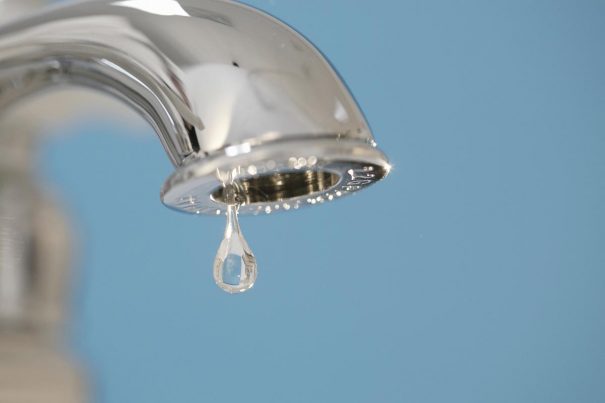What to do before your taps run dry
Tuesday, November 10, 2015 by usafeaturesmedia
http://www.bugout.news/2015-11-10-what-to-do-before-your-taps-run-dry.html

(Bugout.news) One of the most overlooked preparation steps is water security, and that could be because most people think that no matter where they go, the taps will always be on.
Except, that’s not going to be the case if, say, your city or suburb loses power, because then, the water purification and treatment plants will cease to operate. And that’s going to be a real problem because, as Scott Hunt of the National Geographic show “Doomsday Preppers” notes, “you can’t last very long” without water.
“95 percent of our present water supply is dependent upon electricity, chemicals and/or transportation,” he says. “So if those vanish, so does water.”
What’s more, Hunt adds, the amount of water needed will vary – but not a great deal.
“Just how long may be affected by the temperature and how much you’re losing because of exertion, but on average, three days is about the limit,” he says. “There have been extreme cases—people who’ve been pulled out after being buried alive in mine disasters, for example—who’ve lasted longer, but it’s not something you want to test.”
How much water do you really need? Well, in order to retain some semblance of good health so you can function normally (both mind and body, which you’ll need in times of emergency), Hunt recommends that each person plan to have at least a gallon of drinking water per day – plus another four gallons for personal hygiene. And of course, most of that will have to be potable (drinkable) and free of dangerous microorganisms and contaminants that will definitely ruin your day.
- Have you visited our online store? Click here for the Bugout.News Den!
“You can use gray—that is, recycled, non-potable water—for toilets, but you want any water that is going to touch the body, for showers or washing your hands, to be potable,” Hunt says.
He also notes that our lifestyle is our enemy in times of emergency because we have developed into a hyper-germophobic society, which means we are susceptible to becoming ill quickly after being exposed to high levels of bacteria.
“Lake water, for example—my dogs, cows and chickens could drink it and not get sick, but my family couldn’t drink that water,” Hunt said, adding it wouldn’t just be a matter of feeling badly.
Water-borne microbes can cause dysentery, and that can lead to dehydration, which can be fatal. The usual treatment – oral or intravenous volume replacement therapy that also replace lost sodium, glucose and minerals, with antibiotics – probably won’t be available to you in a crisis (because the local clinics and hospitals will fill and quickly overwhelm on-hand supplies).
Plus, if you are growing your own food using systems designed for your urban setting, you’ll need water for your “crops” as well.
So as you can see, ensuring water availability is a big deal. And this is just if you decide to stay put in an emergency. But what if you decide you should bug out?
You need a plan, of course – like, where you’re going to go. And once there, wherever you decide “there” is going to be, Hunt recommends a multi-pronged approach to ensuring water security:
Storage: Now, before the stuff hits the fan, is when you ought to be stocking up on water. Hunt advises families to secure a 55-gallon drum and fill it with tap water, changing it out every three months to ensure freshness (and keep it covered, of course). That won’t work for apartment dwellers, so you’ll need to find a closet (clear one out if you have to) for your water and other emergency supplies (food, medicine, weapons, etc.).
“Storage is the easiest part of the solution, and it’s easy for anybody to do, whether you live in downtown Manhattan or Idaho,” said Hunt.
Replacement water: No matter how much water you store, in a prolonged emergency you will eventually run low. So, now is the time to figure out where you would replenish your supplies – a nearby lake or river is a good place to start, but remember you’ll have to carry that water so, if that body of water is a good distance away, you may find you don’t have the muscle power to haul it. Hunt suggests rain barrels outside on your deck or perhaps your balcony if you live in an apartment, but you’ll have to be prepared for the next step.
Purification: Water from outside sources will contain bacterias and other substances that will make you sick, so you’re going to have to be prepared to cleanse it before consumption (obviously this isn’t the case if you’re using that water for hygiene). Hunt says there are multiple technologies available that can reliably produce clean water, from chemicals and filters to ultraviolet light. One of Hunt’s favorites is the basic ceramic gravity filter. “You just dump the water in the top, and it filters down,” explains. “The bacteria can’t get through the top. And there’s no power required.
See also:
http://channel.nationalgeographic.com/doomsday-preppers/articles/get-prepped-water/
Tagged Under:

